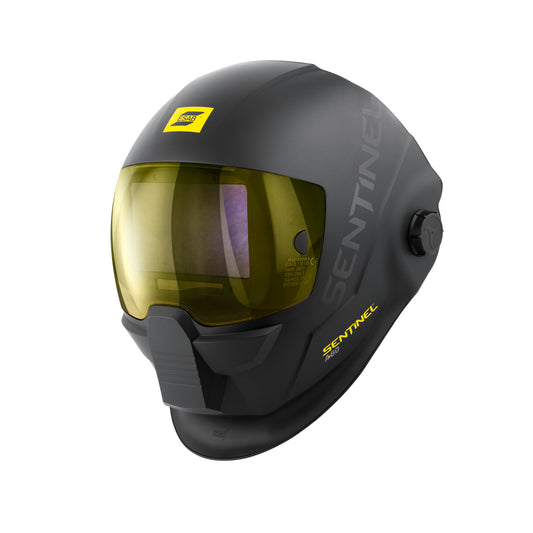When it comes to welding and cutting, choosing the right welding helmet shade is crucial for both safety and visibility. Your eyes are exposed to harmful ultraviolet (UV) and infrared (IR) radiation during these processes, and using the proper shade ensures you are protected without compromising your ability to see the weld or cut clearly. This guide will help you understand the general recommendations for different welding and cutting processes to keep your eyes safe and your work precise.
Understanding Welding Helmet Shades
Welding helmet shades are numbered, with lower numbers (like shade 5) indicating lighter shades and higher numbers (like shade 14) representing darker shades. The darker the shade, the more protection it offers from bright arcs and sparks. However, it's important to choose a shade that balances protection with enough visibility to see your work.

Common Welding and Cutting Processes
Let's break down the common welding and cutting processes and the general helmet shades recommended for each.
-
Light Welding (Low Amperage): For low-amperage stick welding, a shade 8 helmet is generally sufficient.
-
Medium Welding: When welding with medium amperage, opt for a shade 10 to protect your eyes.
-
Heavy Welding (High Amperage): High-amperage stick welding requires a darker shade, typically around 12 or 13.
-
Light to Medium Welding: For low to medium amperage, a shade 10 helmet is commonly used.
-
Heavy Welding: For higher amperages, consider a shade 11 or 12 helmet.
-
Low Amperage: Use a shade 9 or 10 for lower amperage TIG welding.
-
Medium to High Amperage: For higher amperages, increase to a shade 11 or 12.
-
Light Cutting: For lighter cutting tasks, a shade 8 is usually sufficient.
-
Medium to Heavy Cutting: For thicker materials and higher amperage, shades 9 to 12 are recommended.
-
Welding and Cutting: Generally, a shade 5 or 6 is sufficient for oxyfuel welding and cutting, though you might need to increase the shade for more intense work.
General Tips for Choosing a Shade
- Start Dark: If you're unsure which shade to use, it's always best to start with a darker shade and gradually move to a lighter one until you have a clear view of the weld or cut without compromising protection.
- Consider the Work Environment: Bright or dim environments can affect your choice of shade, so adjust accordingly to ensure maximum safety and visibility.
- Invest in Quality: High-quality welding helmets often come with adjustable shades or auto-darkening features, allowing you to switch between different shades seamlessly during your work. Baker's Gas has popular brands like Miller, Lincoln, ESAB, 3M, and Optrel available if you're looking for an upgrade!
Need Expert Advice? Contact Baker's Gas and Welding!
Choosing the right welding helmet shade can be daunting, but it's crucial for your safety. If you're unsure about which shade to use for your specific welding or cutting process, or if you need recommendations for quality welding helmets, reach out to us at Baker's Gas and Welding. Our team is here to help you make the right choice.
- Call us: 877-930-5690
- Email us: support@bakersgas.com
Your safety is our priority, and we're committed to providing you with the best welding products and advice to keep you protected on the job.




